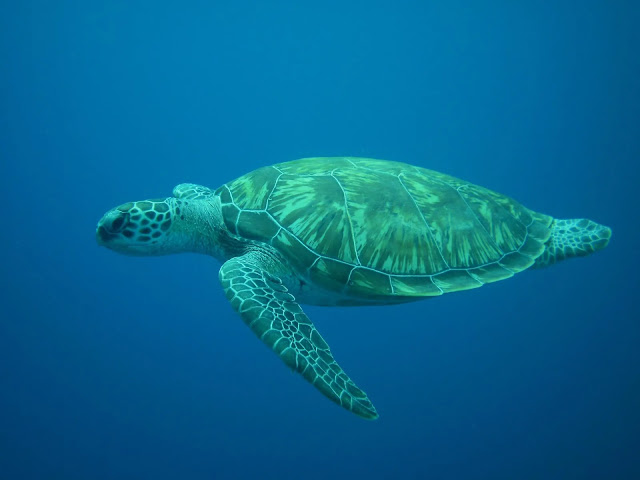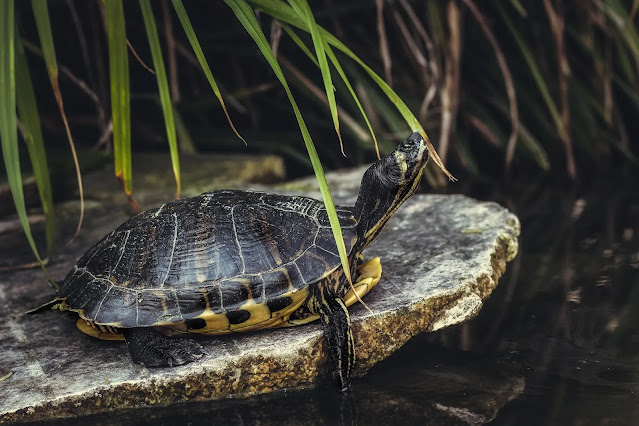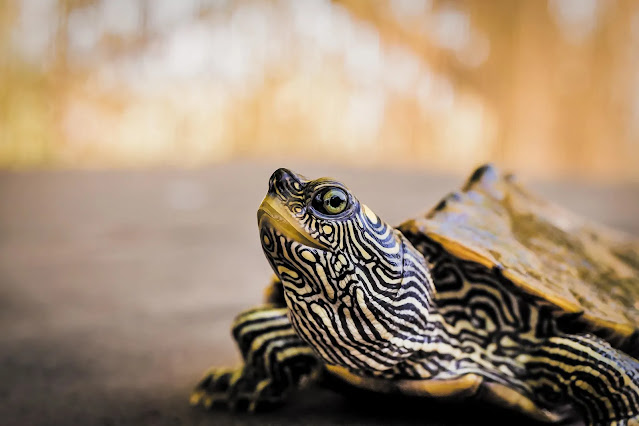Fact Of The Post
Did you know that all tortoises are turtles, but not all turtles are tortoises?
Some people like to keep them as pets, if it’s a tiny turtle, or a huge tortoise, there is pretty much no exception.
Turtles are some of the cutest creatures in the sea!
Turtle Facts
💪💪💪 Let's Start Reading These Facts 😤😤😤
1. Turtles can easily outswim humans.
If you raced a turtle against Michael Phelps, the turtle would win!
Even though we usually see them bobbing about in the water, if they have to make a swim for it, they’re likely to get away.
The leatherback turtle can swim at speeds up to 22 miles per hour! In comparison, Michael Phelps's swimming speed has been capped at about 6 miles per hour.
While underwater, turtles don’t swim very fast unless they are threatened. If they did, they would run out of air much faster.
2. The most dangerous turtle is entirely carnivorous.
The Alligator Snapping Turtle is as scary as it sounds.
These bad boys weigh over 200 pounds and they’re not to be messed with!
Their huge powerful beaks can completely amputate the body part that they attack, which is no surprise considering their bite force is 1,000 pounds.
Fortunately, they don’t actively attack unless they are threatened.
They lay on the bottom of a riverbed to get their food with their huge mouths open. Then, they wiggle their red tongues that look like worms, which attract fish to swim right into their mouths!
3. Antarctica is the only continent turtles that don’t live on.
Being the adaptive creatures they are, turtles can survive in pretty much any condition.
While most of the species are found in southeastern America and South Asia, they can still be found in other parts of the world.
Sea turtles can sometimes end up in the European Arctic, but you won’t find any in Antarctica.
The leatherback turtle is the most widely distributed, venturing into the Arctic Circle, and as far south as the bottom of New Zealand.
4. The gender of the turtle is determined by temperature.
Other species have their sex assigned as soon as fertilization occurs. But when it comes to turtles, they’re a special case.
The temperature of the eggs, while they’re developing, is the deciding factor here. This is something called temperature-dependent sex determination.
If a turtle's eggs incubate below 81.86 degrees Fahrenheit, the turtle eggs will hatch male.
If they’re incubated above 87.8°F, the babies will be female.
Anything in between these temperatures could result in the hatchling being either male or female.
Things like warmer sand will influence more female turtles to be hatched.
And of course, on a mass scale, climate change could impact turtle species by hatching more females resulting in not enough males being born.
5. Every species of turtle lays its eggs on land.
This might not seem THAT crazy – until you take into account that there are over 300 species of turtles!
Of course, their laying habits may be a little different, but all turtles lay their eggs on land.
For example, leatherback turtles will migrate thousands of miles just to lay their eggs! They will travel back to the same beach that they were born on, and lay their own eggs.
River turtles will usually lay their eggs near where they live and eat on the shore.
Turtles that live on land, like box turtles, find moist soil in forests or marshlands.
It is only if the turtles have no other option, that they might lay their eggs in the water, but that is only as a last resort.
Turtle Questions And Answers 😲😲😵
What is unique about a turtle?
Ans: Turtles are reptiles with hard shells that protect them from predators. They are among the oldest and most primitive groups of reptiles, having evolved millions of years ago. Turtles live all over the world in almost every type of climate.
How long does a turtle live?
Ans: According to the Turtle Conservation Society, most turtle species live from 10 to 80 years. But sea turtles and large land tortoises can live to be much older. Their lifespan can be 150 years or more.
How far can a turtle see?
Ans: While different turtle species perceive different vision wavelength ranges, turtles are also sensitive to wavelengths of 400 nm to 740 nm, they seem to be more sensitive to shorter wavelengths such as those around 300 to 370 nm (which is within the wavelength range of ultraviolet light).
😁😁😁 Thanks For Coming 😇😇😇
Sources:







Comments
Post a Comment